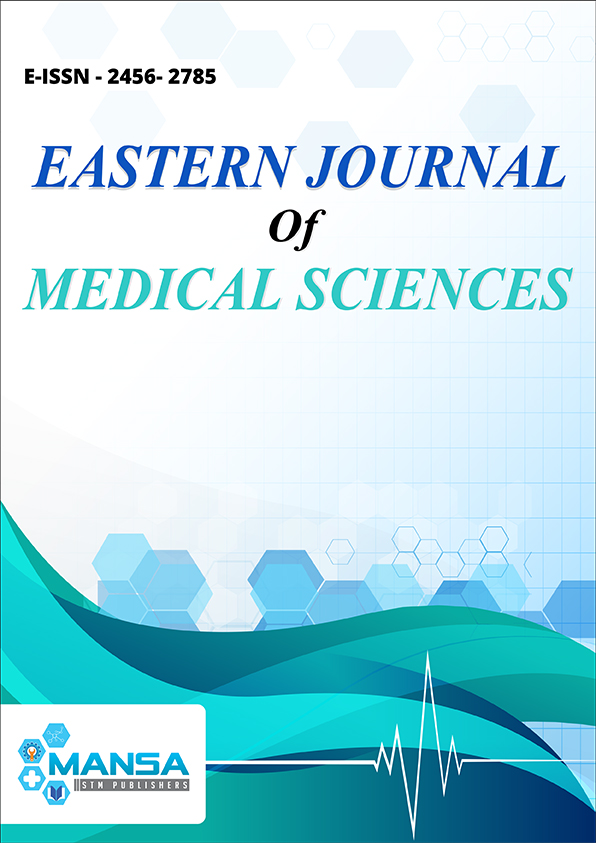IgG4-Related Disease: Insights into a Multisystem Inflammatory Disorder
DOI:
https://doi.org/10.32677/ejms.v10i1.5046Keywords:
Storiform fibrosis, IgG4-related disease, Rituximab, Obliterative phlebitis, Autoimmune pancreatitisAbstract
IgG4-related disease is a multisystem inflammatory disease characterized by the accumulation of IgG4-positive plasma cells, storiform fibrosis, and obliterative phlebitis. Although it is often referred to as a disease of the pancreas, salivary glands, and kidneys, it occurs with the involvement of almost any organ, which makes the diagnosis very difficult. The reason is not well understood, but an abnormal immune response, particularly that involving helper T cells, regulatory T cells, and B cells, plays an important role. The diagnosis is usually made based on clinical, laboratory, and histopathological lines. Serum IgG4 levels are minimally supportive when determining a diagnosis, never definitively so, but for the most part. The traditional management starts with glucocorticoids, which have been proven to alleviate the condition; however, flare-ups occur frequently. Consequently, steroid-sparing agents like rituximab are becoming increasingly employed to treat the disease over the long term. This review highlights the contemporary aspects of research by relating IgG4-RD in the areas of epidemiology, underlying mechanisms, natural history, clinical factors, diagnostic difficulties, and therapeutic strategies. The ongoing research provides better insights on the possibility of other targeted therapies and standardized guidelines that would help improve the care of patients. The elucidation of this disorder is vital for the early diagnosis and treatment of patients to avert irreversible organ damage and improve the outcome.
Downloads
Downloads
Published
Issue
Section
License
Copyright (c) 2025 Pragati Chhikara, Jaykumar Jakasaniya

This work is licensed under a Creative Commons Attribution-NonCommercial-NoDerivatives 4.0 International License.

